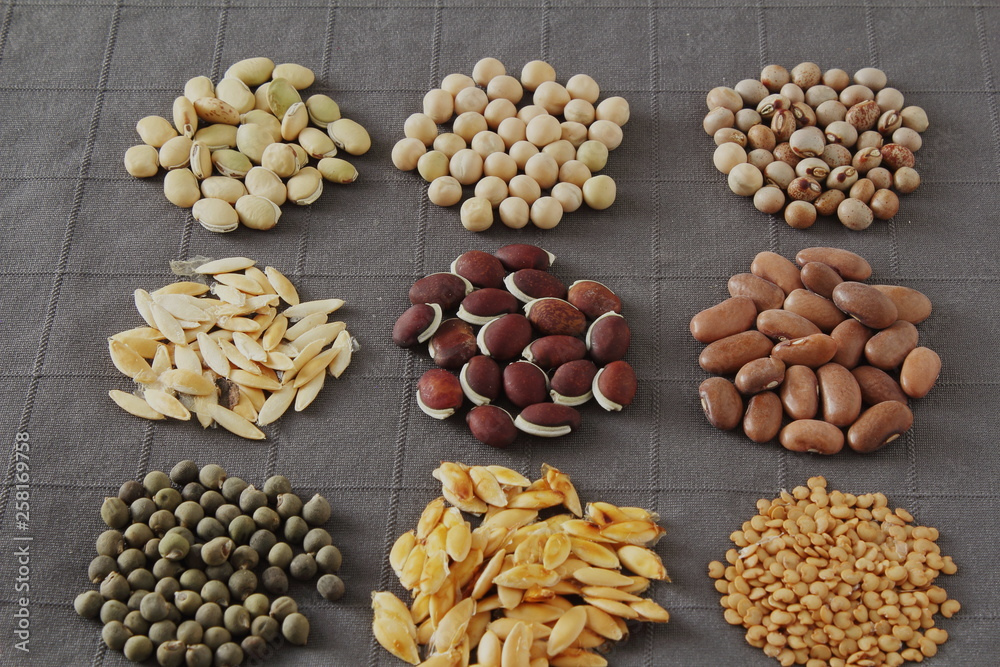What is the Carbon Nitrogen Ratio?
The carbon to nitrogen ratio is a measure of comparing the mass of carbon to nitrogen in a sample of soil. Varying ratios can have an effect on residue decomposition, nutrient cycling, and ultimately microbial populations. Simply put higher carbon to nitrogen ratios will decompose more slowly than lower ratios. An ideal microbial diet consists of a 24:1 C:N ratio and microbes will be most efficient at decomposing plant residues at this ratio. With a 24:1 C:N ratio, microbes will break down residues relatively quickly so take this into consideration when planning for soil cover.
So how should I use this knowledge to plan for cover crops?
As stated above, C:N ratios should be balanced in such a way that the microbes have a healthy diet, but ratios should be high enough to maintain soil cover. When planting cover crops, take into consideration the residue from the previous crop and the C:N ratios in the products in the cover crops. As a rule of thumb, corn does best following a low C:N ratio cover crop and soybeans do best when following a higher C:N ratio cover crop.







